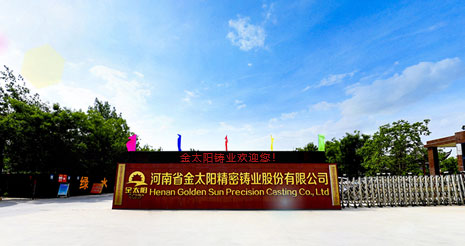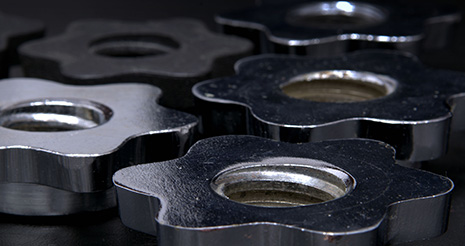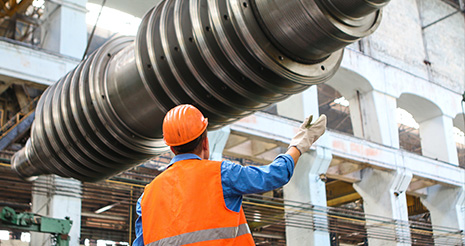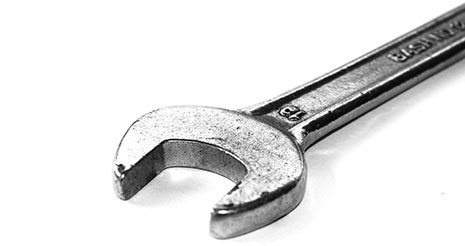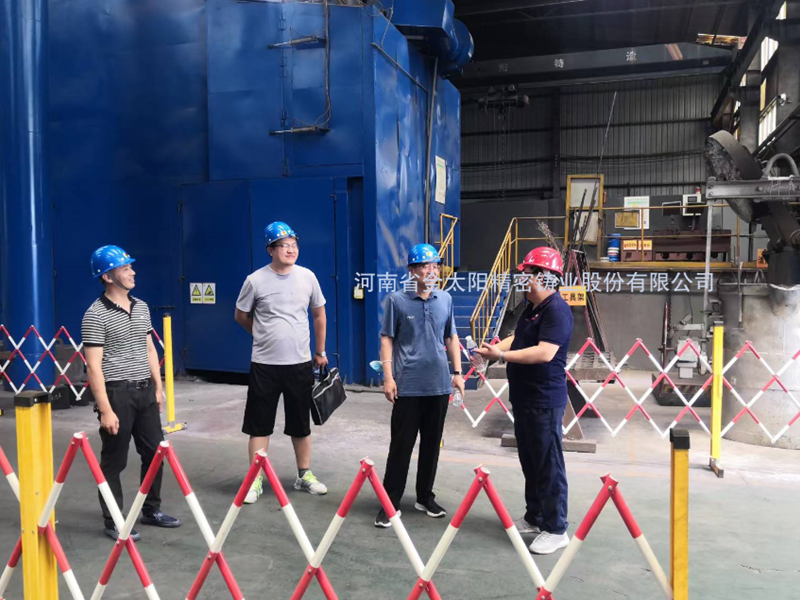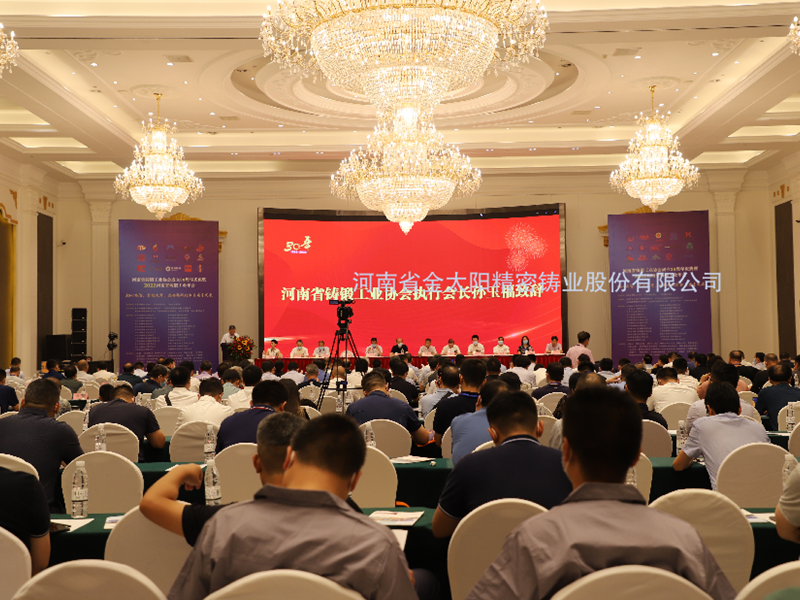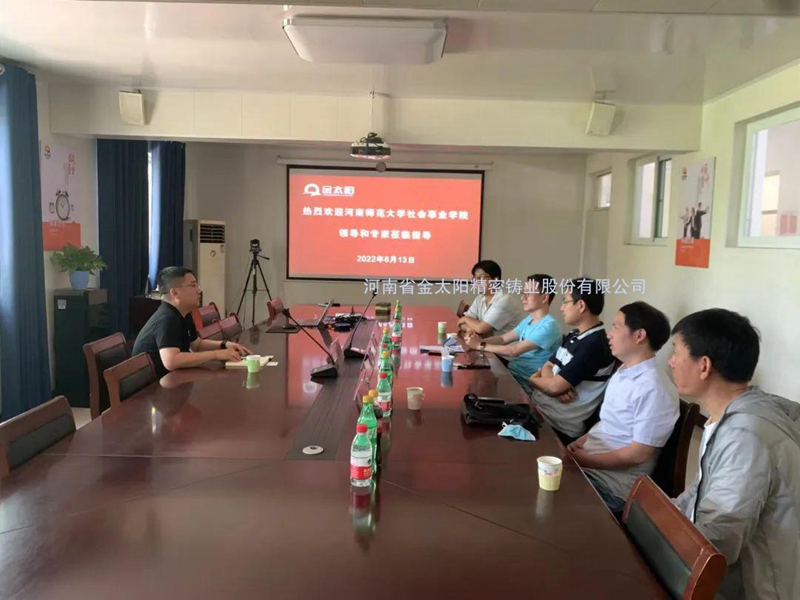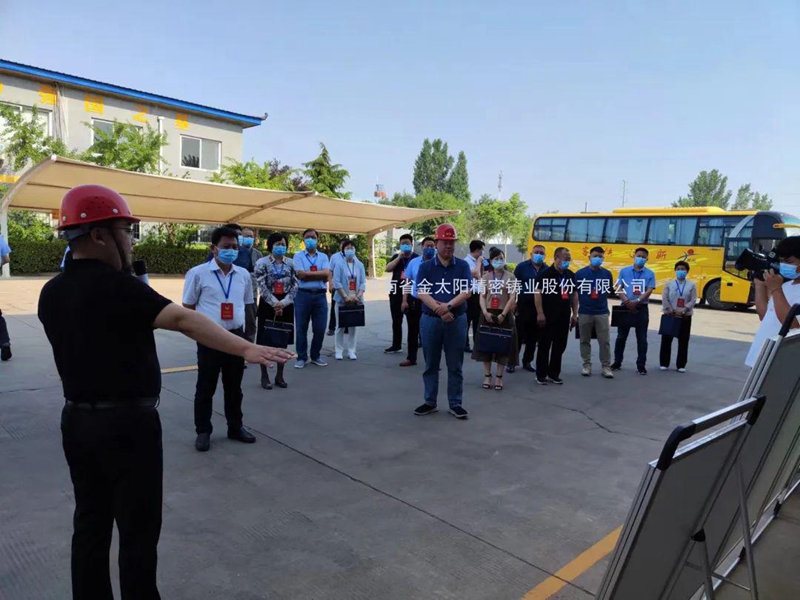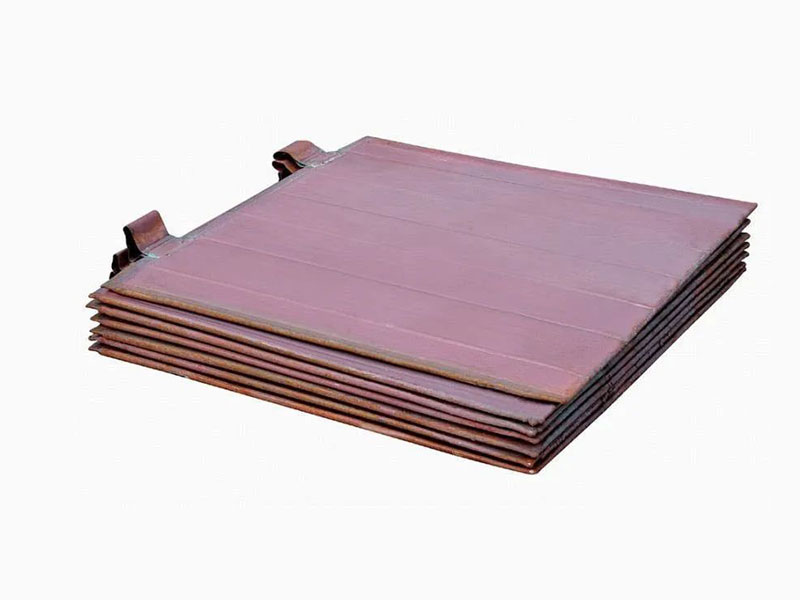In iron copper system, copper can dissolve with the molten iron to form liquid solid solution in a large concentration range. At 1477 ℃, copper γ- The solubility in Fe is 8%, and the temperature decreases, and the solubility even increases. For example, at 1094 ℃, the solubility can reach 8.5%. When the temperature is below 650 ℃, the solubility is close to the fixed value, about 0.35%. At room temperature, the solubility of copper in iron is very small. Whether in liquid or solid state, copper rich phase will be formed when the amount of copper exceeds the solubility at various temperatures. The solubility of copper in molten cast iron is about 3-5%. Manganese, aluminum, nickel and other elements in cast iron increase the solubility of copper, while magnesium decreases the solubility of copper. With magnesium, copper exceeds 2%, that is, a yellow copper rich phase containing 97% copper is precipitated. When the copper content increases to 3.8%, the number of copper rich phase increases greatly.
Copper has little effect on eutectic transition temperature of cast iron. Copper is a weak graphitized element, which can slightly reduce the white mouth tendency. Copper reduces the eutectoid transformation temperature. The eutectoid temperature decreases by 6-10 ℃ for every 1% increase of copper, which plays a role in stabilizing austenite. Copper can also increase the quantity of pearlite, refine eutectic, and make it easier to obtain pearlite structure when normalizing cast iron. Therefore, copper can promote austenite to form pearlite and hinder graphitization during eutectoid transformation. Copper can also strengthen ferrite and improve its strength.
When the copper content is less than 2.0%, there is no significant effect on the spheroidization rate, ball number and ball diameter, and the spheroidization rate can be guaranteed to reach more than 90%. When the copper content exceeds 2%, the spheroidizing effect will be affected. The spheroidizing rate and the number of balls will decrease sharply. When copper content reaches 2.5%, agglomerated graphite and yellow copper rich phase appear. The melting point of the copper rich phase is lower than that of molten iron. After graphite precipitation, the copper rich phase may enclose part of the graphite, so that the graphite gradually changes from spherical to agglomerate.
The anti spheroidization of copper is related to other elements. For example, for magnesium nodular cast iron containing 0.04% titanium, if agglomerated graphite appears in 0.94% copper grade, adding 0.02-0.03% cerium can counteract this anti spheroidizing effect of copper.
The influence of copper on the nodulizing effect is related to the size and thickness of the casting. Adding 3-4% copper to the casting with a wall thickness of more than 300 mm can eliminate the agglomerated graphite in the core of the casting. It should be pointed out that this effect of copper is only effective when it is added with rare earth elements.
Copper promotes the formation of pearlite in nodular cast iron, which is 10 times larger than nickel, but only 1/10 of tin. About 0.5% copper is added in the test to make φ The pearlite content of 25 mm ductile iron test bar reaches 90%; When 1.5% copper was added, the pearlite content was close to 100%; However, when it exceeds 1.5%, ferrite will appear instead. This good effect of copper makes it possible to obtain as cast pearlitic ductile iron without heat treatment.
Effect of copper on properties of gray cast iron. When the copper content is less than 0.5%, the tensile strength, yield strength and elastic modulus will increase, but the relationship is not linear. When the copper content of gray cast iron is about 0.8%, the strength is high. With the increase of copper content, the impact toughness of gray cast iron decreases.
Copper affects the mechanical properties of nodular cast iron by promoting the formation of pearlite and strengthening the metal matrix. With a small amount of copper (below 0.5%) added, the pearlite content increases sharply, and the tensile strength, yield strength and hardness also increase sharply, while the elongation decreases sharply. When the addition amount exceeds 0.5%, the matrix is pearlite, but the strength and hardness continue to increase, and the elongation no longer decreases. This is because copper strengthens the metal matrix. Copper has the function of fine graphite ball, which can improve the fatigue strength of nodular cast iron containing copper.
The solid solubility of copper in cast iron at room temperature is 0.35%. Adding more than 0.5% copper changes the diffusion rate of carbon atoms during austenite and eutectoid transformation, promotes the formation of pearlite and refines pearlite. When the casting is cooled, especially during aging, copper precipitates from the solid solution, which strengthens the matrix and significantly improves the microhardness of pearlite. The increase of copper content can increase the wear resistance of castings. When stress relief annealing is carried out, the copper will not reduce the hardness, but also increase the HB10 degree.

